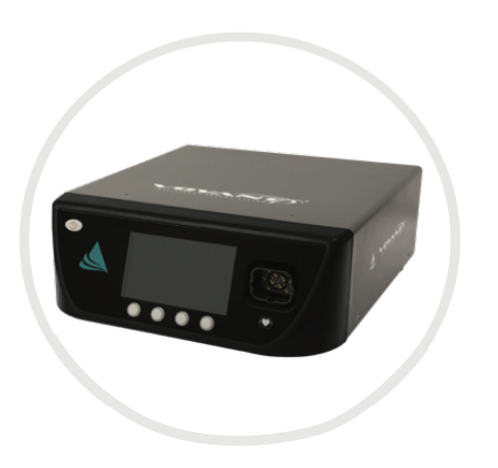“
Month: July 2023
Arthroscopy in Veterinary Medicine: A Review of Techniques and Indications
Arthroscopy is a minimally invasive surgical technique that has become increasingly popular in veterinary medicine over the past few years. This technique uses a veterinary arthroscope, allowing veterinarians to visualize, diagnose, and treat joint problems in animals without open surgery. With the help of VetOvation, we break down the different techniques and indications of arthroscopy in veterinary medicine.
Arthroscopic Techniques
Arthroscopy involves a small camera, called an arthroscope, inserted into the joint through a small incision. The camera displays real-time images of the inside of the joint on a monitor, allowing the veterinarian to see any abnormalities or injuries. The veterinarian can also use small instruments inserted through other small incisions to diagnose and treat the joint problem.
There are several arthroscopic techniques used in veterinary medicine, including:
- Diagnostic arthroscopy
- Therapeutic arthroscopy
- Arthroscopic-assisted fracture repair
To learn more about veterinary orthopedic surgical instruments, contact us today!
Diagnostic Arthroscopy
Diagnostic arthroscopy diagnoses joint problems such as lameness, swelling, or pain. The veterinarian uses the veterinary arthroscope to visualize the joint and assess the severity of the problem. Diagnostic arthroscopy is also used to obtain synovial fluid or tissue for laboratory analysis.
Therapeutic Arthroscopy
Therapeutic arthroscopy treats joint problems that have been diagnosed through diagnostic arthroscopy. The veterinarian can remove loose fragments of bone or cartilage, repair tears in ligaments or tendons, or clean out debris from the joint.
Arthroscopic-Assisted Fracture Repair
Arthroscopic-assisted fracture repair is a technique used to repair fractures in the joint. The veterinarian uses the arthroscope to guide the placement of screws or pins to stabilize the fracture.
Indications for Arthroscopy
Arthroscopy diagnoses and treats joint problems in a variety of animals, including dogs, cats, horses, and even exotic animals. Some of the most common indications for arthroscopy in veterinary medicine include:
- Joint pain
- Lameness
- Swelling or inflammation in the joint
- Joint fractures
- Torn ligaments or tendons
- Osteochondritis dissecans (OCD)
- Synovitis
- Joint infection
VetOvation Veterinary Equipment
As one of the leading providers of arthroscopic surgical systems for veterinary surgery, we offer a range of arthroscopic instruments, cameras, and systems designed specifically for veterinary use. In addition to arthroscopic equipment, we offer a range of veterinary orthopedic surgical instruments and plating kits. All of our equipment is backed by a warranty and a commitment to customer satisfaction.
Shop Veterinary Arthroscopes and More With VetOvation!
Arthroscopy is a valuable tool in veterinary medicine that allows for the diagnosis and treatment of joint problems without the need for open surgery. At VetOvation, we are proud to be a trusted provider of arthroscopic surgical systems for veterinary surgery, offering a range of high-quality and reliable equipment to meet the needs of veterinary professionals. To learn more about our veterinary arthroscope, please visit our website!
Real-World Examples of the Successful Use of a Vessel Sealing Device in Veterinary Surgery
Advancements in technology have revolutionized various industries, and veterinary medicine is no exception. One groundbreaking innovation transforming veterinary surgical procedures is the vessel sealing device. The Voyant Vessel Sealer from VetOvation has gained popularity in veterinary surgery due to its effectiveness, precision, and convenience across different types of procedures. For veterinary professionals looking to streamline operations in their practice, here are some of the many successful uses of a vessel sealing device in veterinary surgery.
What is A Vessel Sealing Device?
A vessel sealing device is an electrosurgical instrument that uses advanced technology to seal blood vessels during surgical procedures. The Voyant Vessel Sealer from VetOvation uses radiofrequency energy to seal vessels, rather than manual ligatures or cautery.
Vessel Sealing Devices Can:
- Ensure a clear operating plane with less visible blood, debris or char.
- Minimize the risk of bleeding complications (hemorrhaging)
- Reduce surgery time
- Avoid damaging nearby tissue and organs
Real-World Uses for Vessel Sealing Devices in Vet Clinics
Vessel sealing devices are among the most versatile in veterinary equipment, enabling their use in a wide array of surgical procedures. By reducing surgery time and providing secure hemostasis, vessel sealers contribute to shorter recovery periods and improved outcomes for common routine procedures.
Spay and Neuter Procedures
Spaying and neutering surgeries are among the most commonly performed procedures in veterinary medicine. The Voyant Vessel Sealer has proven to be highly effective in these surgeries, offering precise and rapid sealing of blood vessels during the removal of reproductive organs.
Orthopedic Surgeries
Orthopedic surgeries in animals often involve intricate procedures that require precise tissue handling and meticulous hemostasis. Whether it’s a fracture repair or joint surgery, these devices provide reliable vessel sealing, enabling veterinarians to focus on the intricate aspects of the procedure with confidence.
Tumor Resection
Tumor removal surgeries in veterinary medicine can be challenging, as they often involve delicate tissues and a complex network of blood vessels. Vessel sealing devices not only save time but also improve overall surgical outcomes by minimizing blood loss and trauma to surrounding healthy tissues and facilitating faster healing.
Trust Our Voyant Vessel Sealer For Your Vet Clinic
As with any surgical technique, proper training and understanding of the capabilities and limitations of our vessel sealing devices are essential for optimal results. Thankfully, VetOvation offers remote training as well as training videos made for veterinary professionals. Learn more about the many benefits of our Voyant Vessel Sealer and other innovative equipment by visiting our products page.
The Latest Advances in Gas Plasma Sterilization Technology for Veterinary Medicine
Sterilization technology has come a long way since the traditional methods of steam and ethylene oxide (EtO) sterilization. Gas plasma sterilization is the latest advancement in sterilization technology, offering a safe and efficient way to sterilize veterinary medical equipment. The experts at VetOvation break down the latest advances in gas plasma sterilizers, technology, and more.
What is Gas Plasma Sterilization?
Gas plasma sterilization, also known as low-temperature sterilization, is a process that uses a combination of hydrogen peroxide gas and plasma to sterilize medical equipment. The process works by exposing the equipment to hydrogen peroxide gas, destroying any bacteria or viruses present and leaving the equipment sterile. The hydrogen peroxide is then broken down with plasma using an electric field.
Advantages of Gas Plasma Sterilization
Gas plasma sterilization has several advantages over traditional sterilization methods. It is a low-temperature sterilization process, which means that can sterilize heat-sensitive equipment that cannot withstand the high temperatures of steam sterilization. Gas plasma sterilization is a dry process, which means there is no risk of equipment getting wet or damaged during the sterilization process. Gas plasma sterilization is also a fast process, with all cycles taking around 30 minutes or less to complete. To learn more about plasma sterilizers from VetOvation, contact us today!
The Latest Advances in Gas Plasma Sterilization Technology
One of the latest advances in gas plasma sterilization technology is the Sterlink Plasma Sterilizer Starter Kit, offered by VetOvation. This kit includes everything you need to get started with gas plasma sterilization, including the Sterlink FPS Plasma Sterilizer, which is designed specifically for veterinary medicine. The Sterlink Plasma Sterilizer is a compact, easy-to-use device that can sterilize a range of equipment, including surgical instruments, endoscopes, and other heat-sensitive equipment.
Gas Plasma Sterilization Equipment From VetOvation
Gas plasma sterilization is the latest advancement in sterilization technology, offering a safe and efficient way to sterilize veterinary medical equipment. With the Sterlink plasma sterilizers offered by VetOvation, veterinary clinics and hospitals can safely sanitize their equipment. For more information on gas plasma sterilization and other veterinary medical products, contact us today or visit the resources page on our website.
Voyant Vessel Sealer Set-Up Guide
If you need to print this PDF or save for later
click below to download your copy.
[button size=”medium” style=”secondary” text=”Download PDF” link=”https://vetovationnew.instawp.xyz/wp-content/uploads/2023/07/UPDATED-VOYANT-VESSEL-GUIDE.pdf” target=”none”]
Set-up & Cleaning
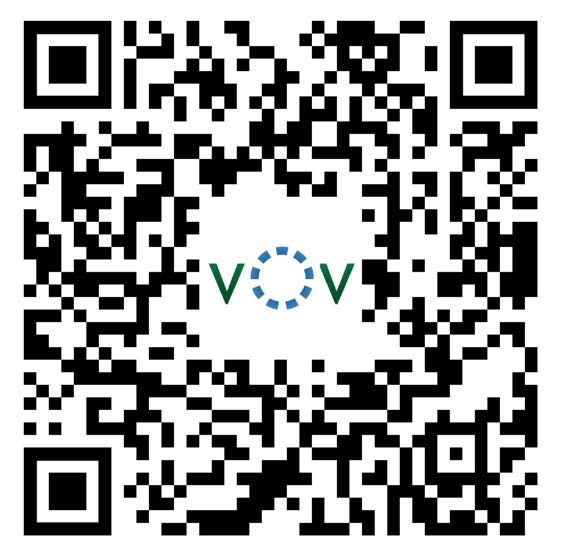
Spay
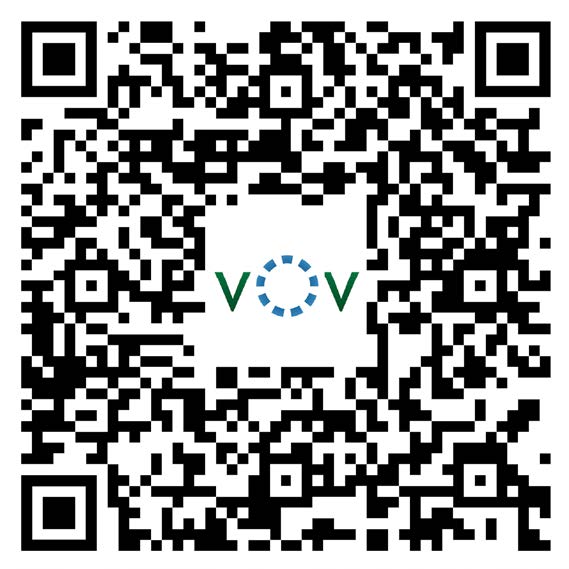
Neuter
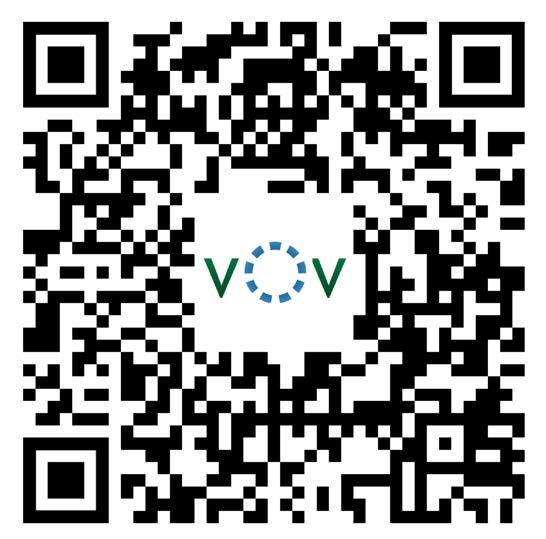
Splenectomy

Voyant
Voyant Vessel Sealer
Please call 919-247-0328 if you have any questions.
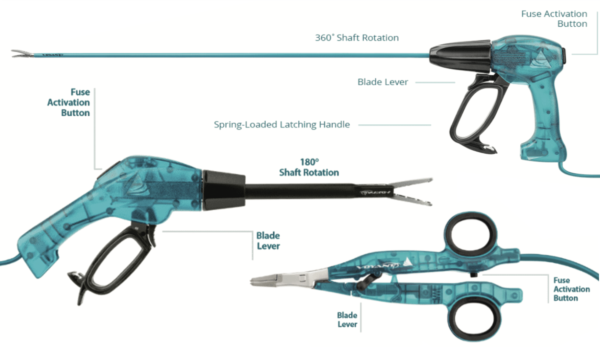
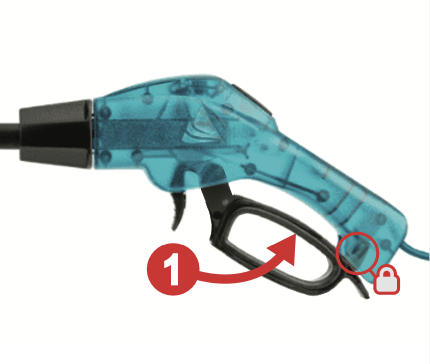
1. Clamp the jaws on tissue
- Squeeze latching handle to close jaws
- Handle locks when fully compressed
- Squeeze latching handle again to release jaws
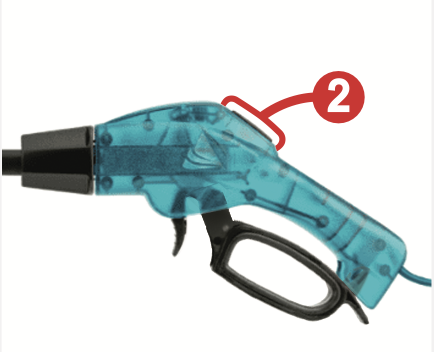
2. Press and hold Fuse Activation Button to seal vessels. “Listen for beeps”
- Generator will beep when sealing sequence is completed.
- Large vessels may be sealed twice without cutting.
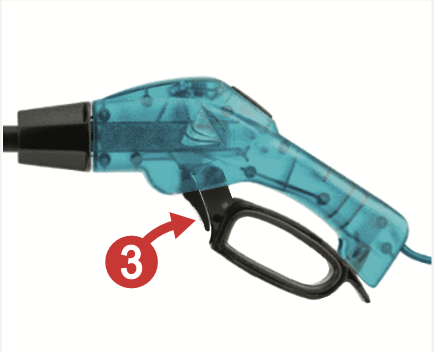
3. Slide Blade Lever trigger to cut
Voyant Vessel Sealer Cleaning Instructions
Please call 919-247-0328 if you have any questions.
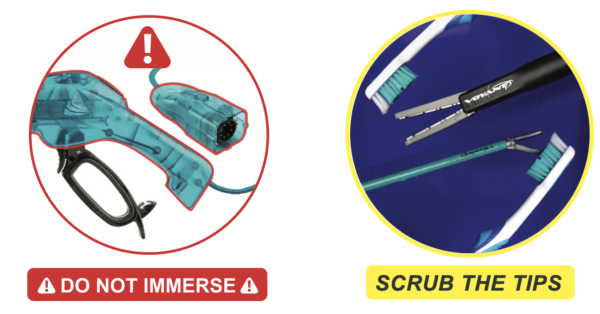
NOTE:
Vessel sealing devices are considered disposable in the human medical market. In veterinary medicine it is acceptable to reuse the device after proper cleaning. Proper cleaning will greatly extend the life of the instrument.
- Immediately after procedure, use a TEEZyme sponge to wipe the tip, jaws and shaft up to the black rotation ring.
- The handle is not impervious. Wipe the handle with cloth or sponge dampened with water or alcohol.
- Add water to provided tray. Squeeze rest of TEEZyme sponge solution into the water bath.
- Immerse the tip of the instrument in the solution. Soak for 2-5 minutes.
- DO NOT IMMERSE PLUG OR HANDLE (GREEN)
- Use firm bristled brush to brush tip and jaws. Place tip of instrument into ultrasonic bath.
- Rinse instrument in clear water and allow to dry.
- Sterilize using EtO gas or Plasma sterilization. DO NOT AUTOCLAVE INSTRUMENTS.
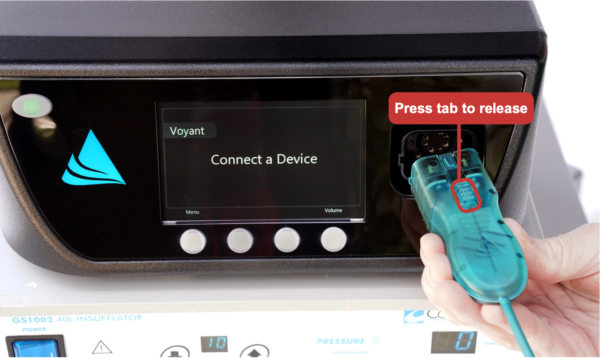

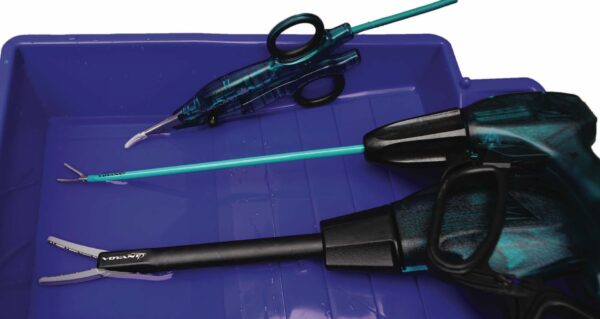
Immerse the tip of the instrument in the solution. Soak for 2-5 minutes.
Voyant Intelligent Energy System
The Voyant advanced bipolar system collects information about the nature of the tissue within its jaws, rapidly and constantly measures tissue as the energy is applied, and adjusts to provide the optimal amount of energy throughout the seal cycle to create a permanent, fused seal.
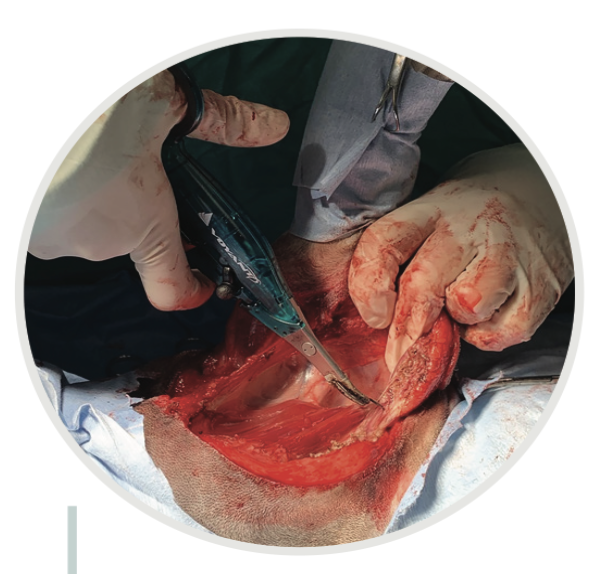
Leg amputation performed in a canine using the Voyant Fine Fusion device.
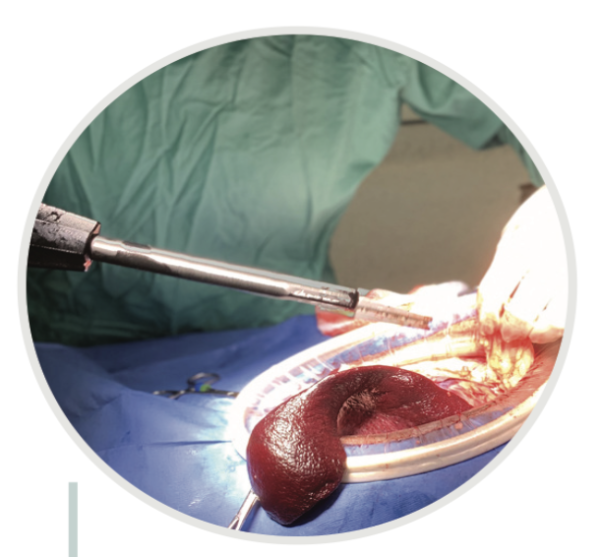
Splenectomy procedure performed in a canine with the Voyant Open Fusion device.
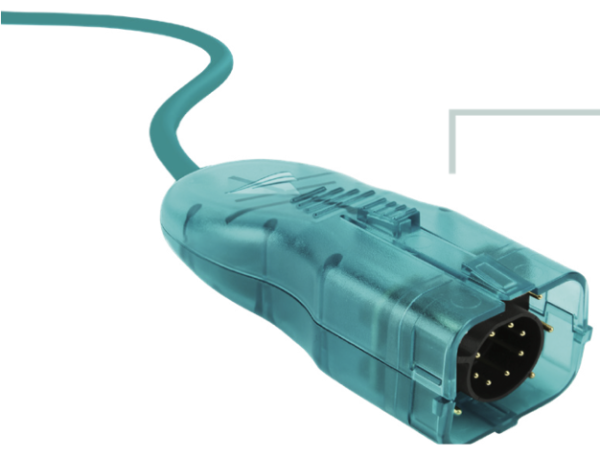
Device Key with Embedded Intelligence
- Stores activation data to learn from live tissue.
- Optimizes energy delivery for procedural and patient needs.
- Enables efficient implementation of algorithm updates by delivering the most advanced technology with new handpieces.
Voyant Maryland Fusion

Voyant 5mm Fusion

Voyant Open Fusion

Voyant Fine Fusion

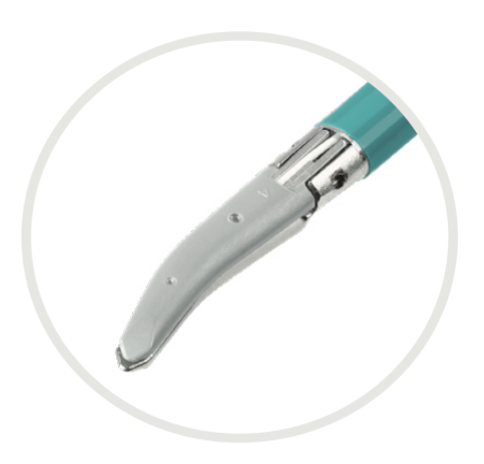
Laparoscopic Devices
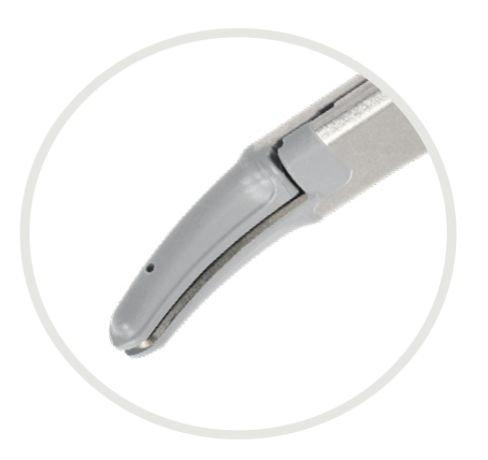
Open Devices
